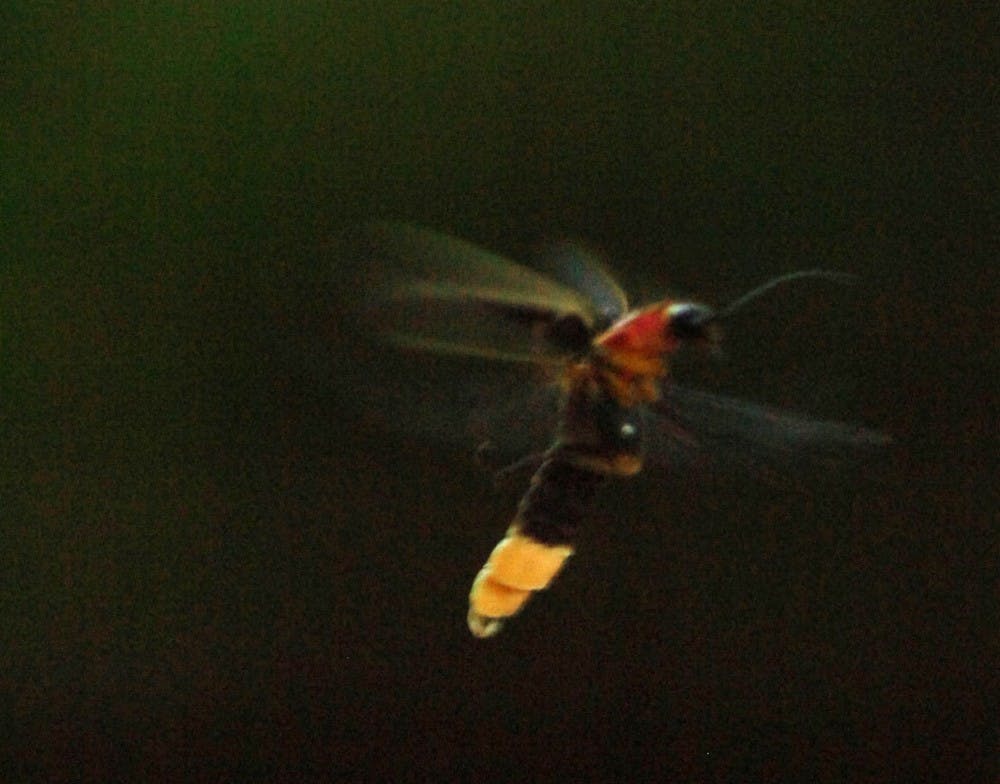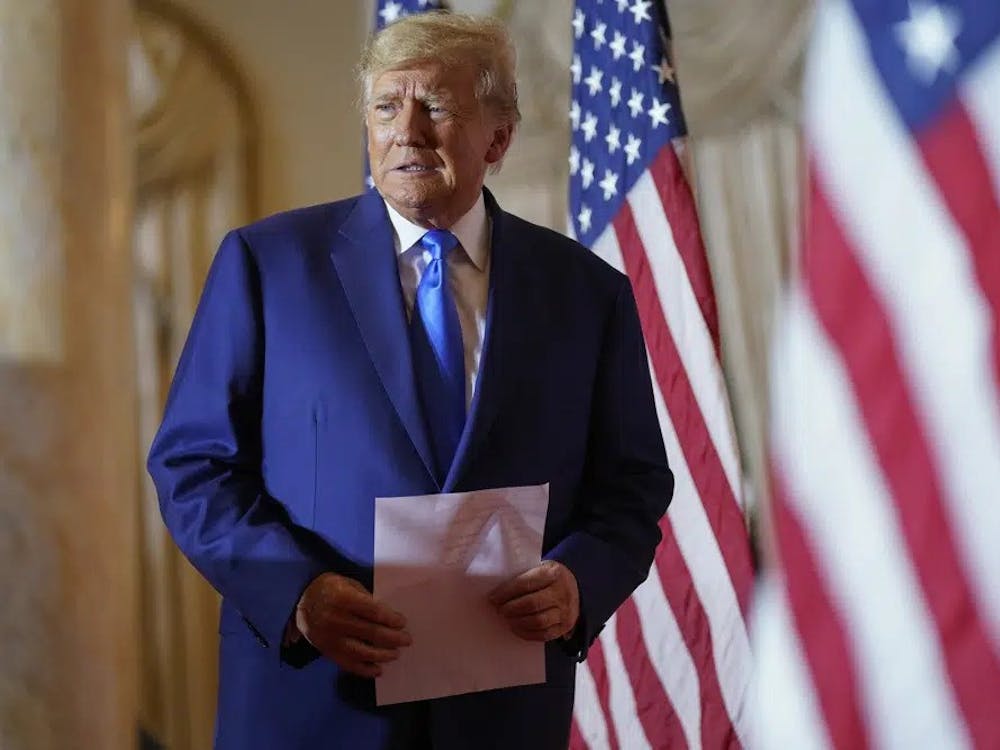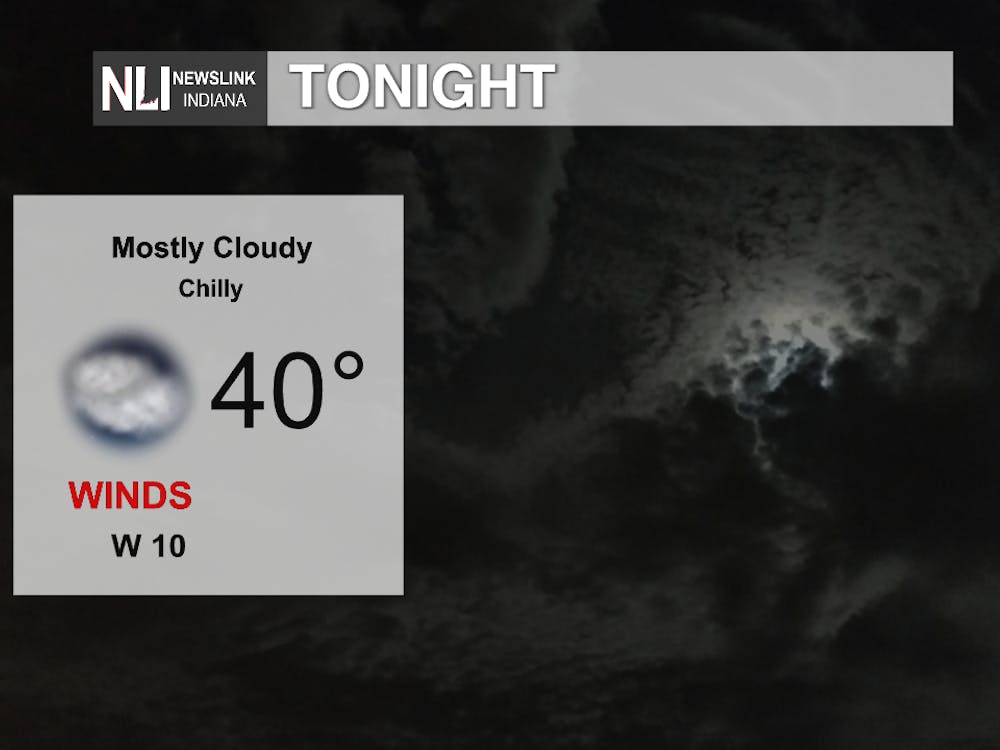Editor's note: A previous version of this story reported Gov. Eric Holcomb signed Senate Bill 236 Tuesday afternoon. The story has been changed to reflect Holcomb has yet to sign the bill, meaning the Say's Firefly isn't officially Indiana's state insect.
Indiana is one step closer to having a state insect.
RELATED: Indiana General Assembly might recognize Say's Firefly as state insect
Senate Bill 236 passed (93-3) in the House Tuesday. Now, Gov. Eric Holcomb has seven days to sign the bill or veto it. If passed, the bill would go into effect July 1.
“I know this bill bugged some of my legislative friends, but the truth is it’s a big deal to young students around the state who have reached out to us in support — particularly students from Cumberland Elementary School in West Lafayette," Holcomb said in a press release. "They’ve shown incredible perseverance and have advocated for the Say’s Firefly to be the official state insect for several years."
The bill states Indiana would benefit from a state insect because it would not only provide a learning opportunity for students and a teaching opportunity for educators, it would provide another symbol of Hoosier pride.
"Beyond the satisfaction these kids will feel when they look out on a hot Indiana summer night and see the state insect flashing away, the real beauty of this bill is the civic engagement it inspired in our youngest citizens," Holcomb said in the release. "It’s taught them a great deal about how our lawmaking process works — and that if they are engaged, they can make a real difference.”
The Say’s Firefly was named in 1824 by Thomas Say, who lived in New Harmony, Indiana. The firefly is native to Indiana and contributes to the agricultural ecosystem by controlling pests.





